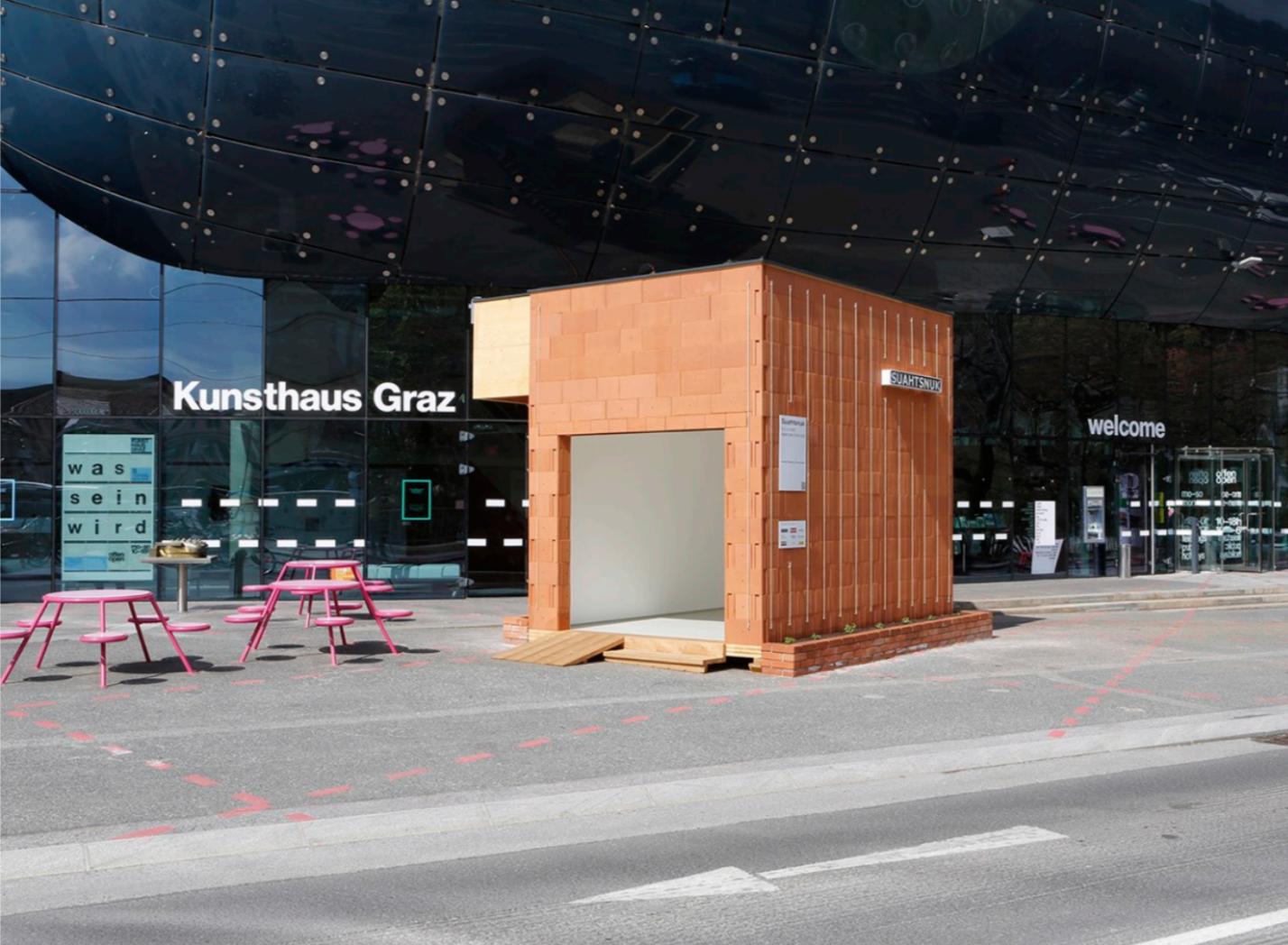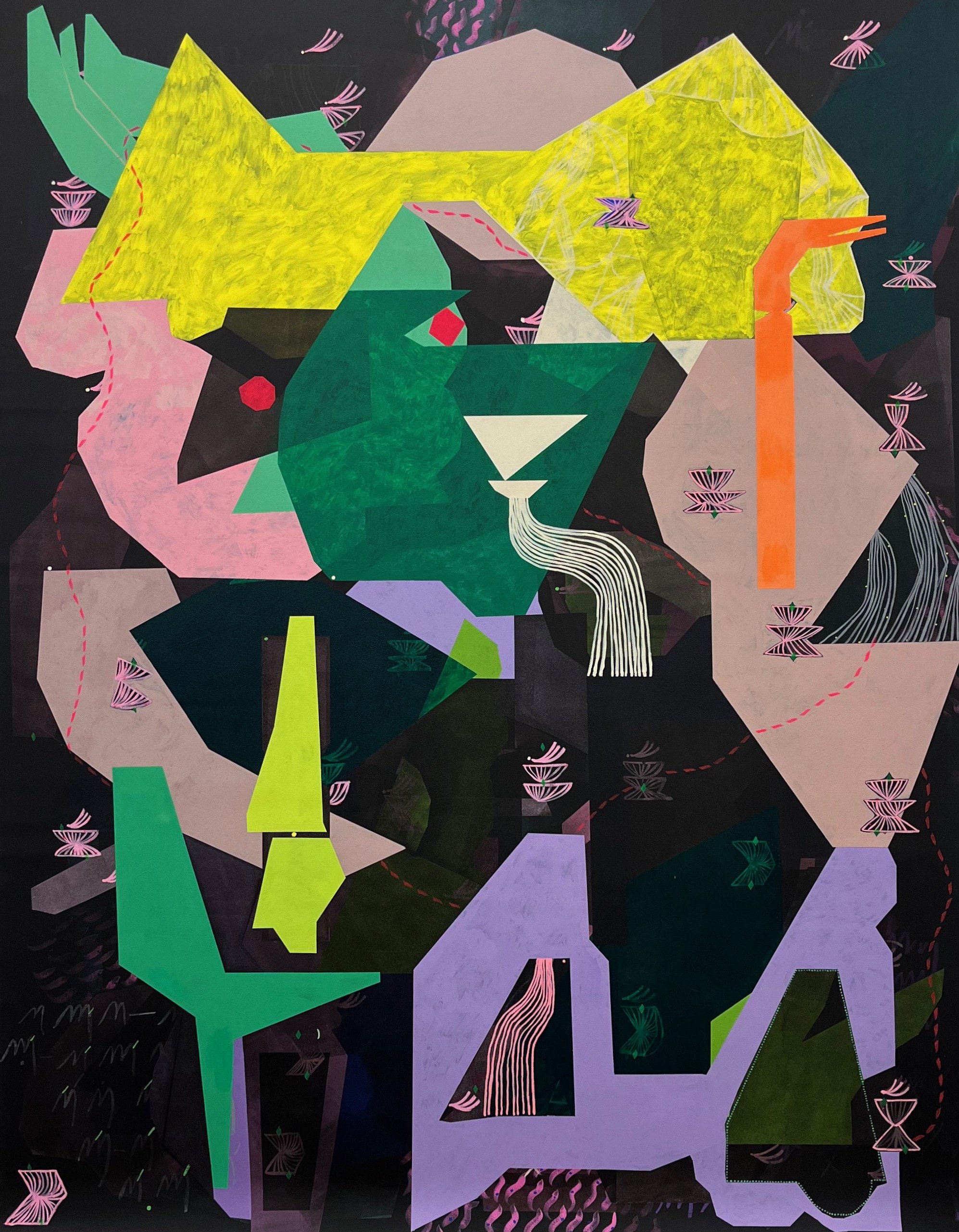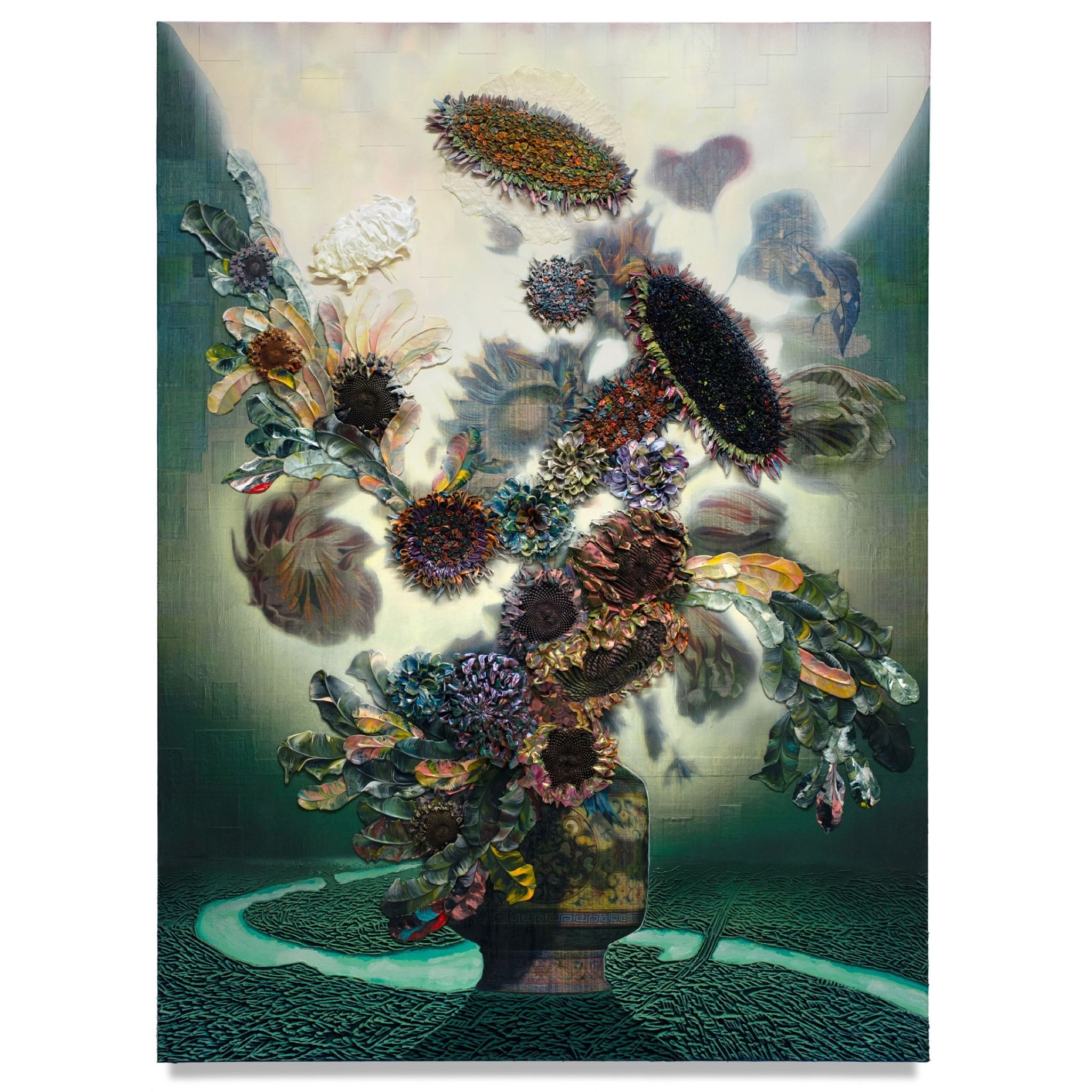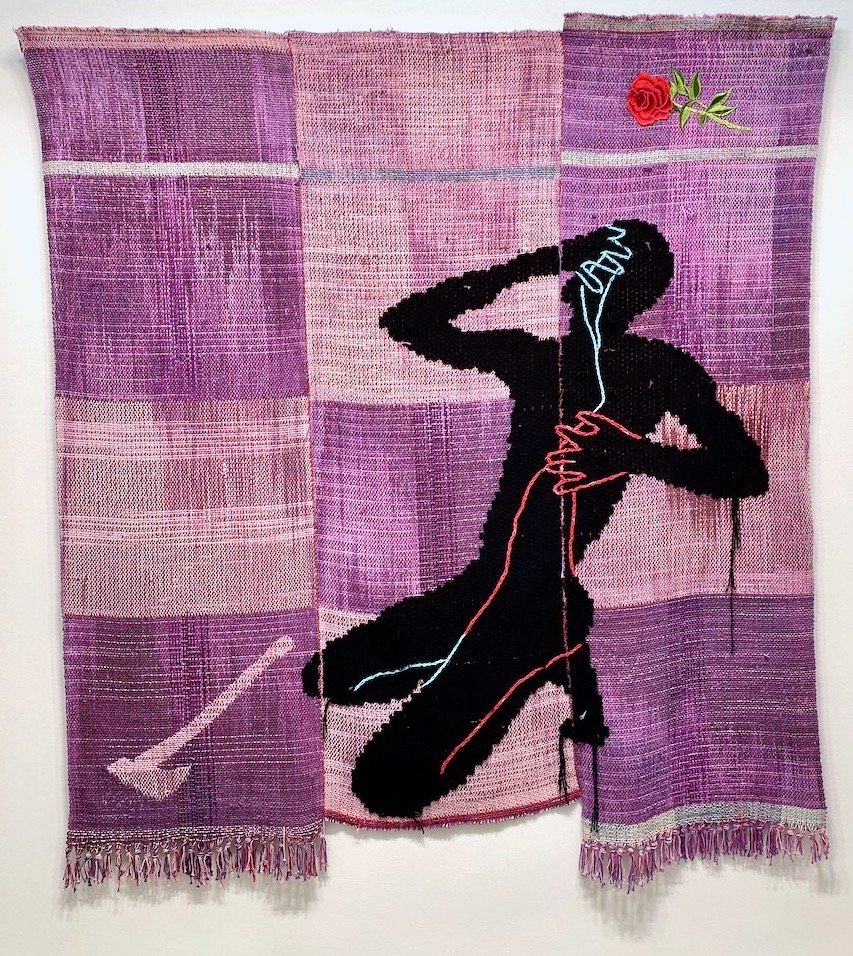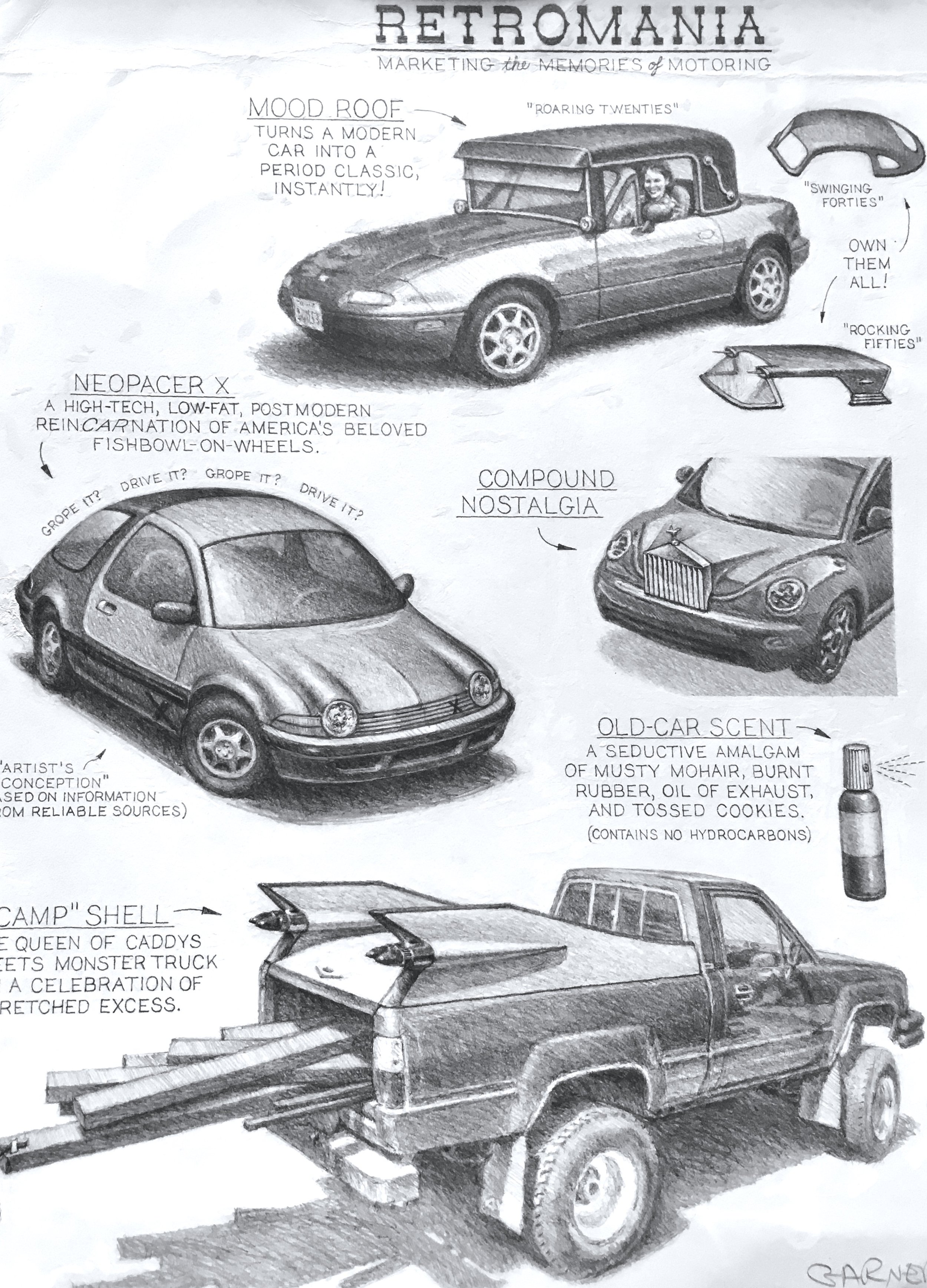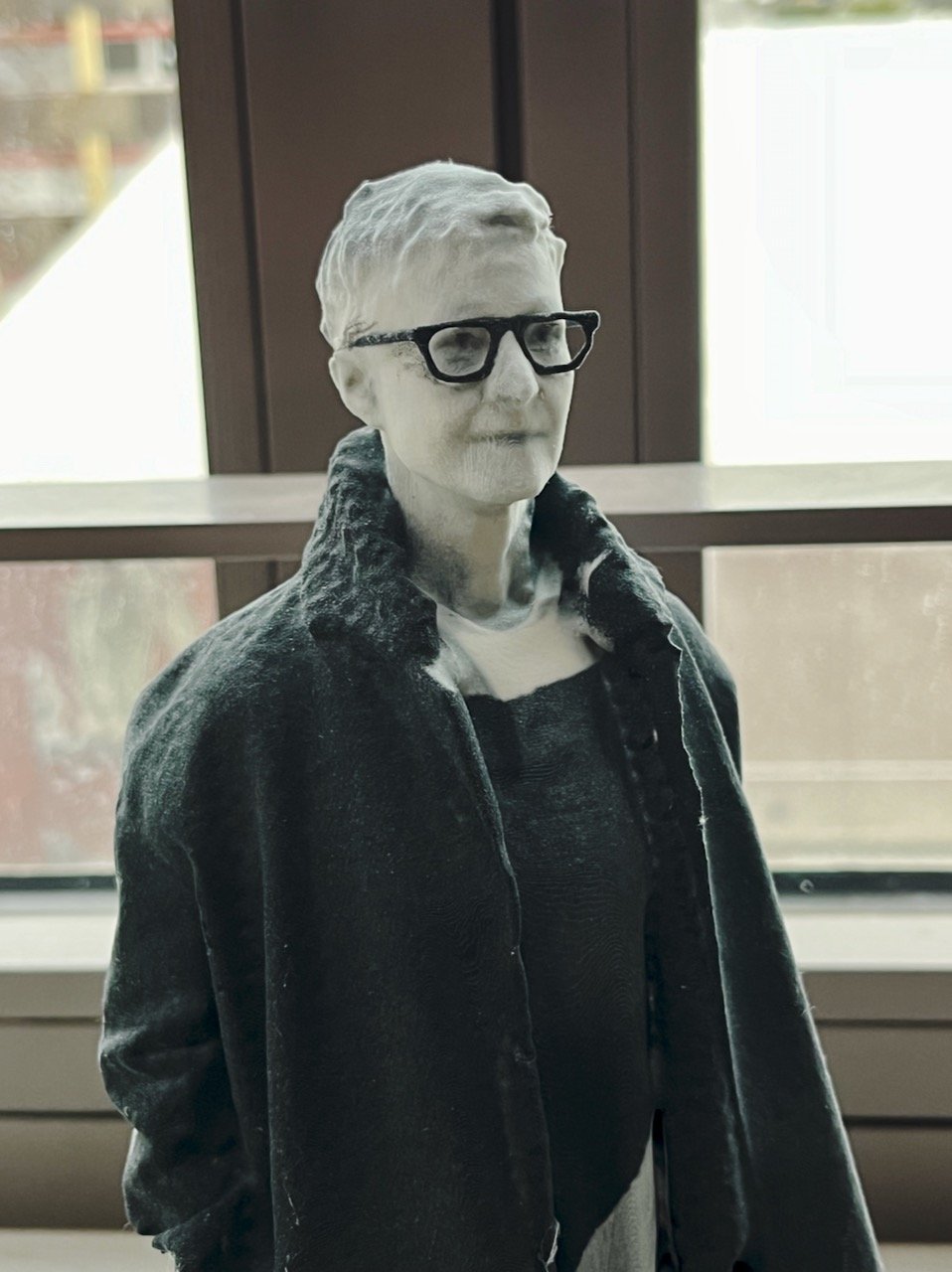Art advisor based in New York and Berlin
Collect
Through intimate collaboration with clients, John has facilitated private legacy collections that inspire friends and family while also being of significance in the present and future cultural landscape.
Connect
In over thirty years as curator, writer, representative and advisor, John has built lasting connections to renowned galleries, museums, collectors, and visionary artists, which he draws upon to introduce his clients right into the heart of the global art market.
With home bases in New York and Berlin, John works at the pivotal nexus points of the global art world. Informed by an international upbringing and early experiences supporting contemporary art collections, his knowledge bridges the diverse art landscapes of Southeast Asia, Europe, Africa, and the US.
13 Artists I Like
ALFREDO BARSUGLIA (b.1980) is an Austrian multimedia artist renowned for his innovative installations that actively engage the public. His work spans various media, including painting, sculpture, and performance, strongly emphasizing challenging social values. It has been exhibited internationally, with solo exhibitions at institutions such as the MAK Center for Art and Architecture in Los Angeles and the Bank Austria Kunstforum in Vienna. In 2019, he was awarded the prestigious Otto Mauer Prize in Vienna, recognizing his significant contributions to contemporary art.
EMILY CHENG (b. 1953) creates paintings that embody a transcendent spirituality, seamlessly blending timeless and contemporary elements. Her masterful compositions draw upon both familiar and obscure spiritual imagery, offering a window into a richly layered inner world that synthesizes ancient wisdom with modern perspectives. Cheng's work invites viewers into a realm where fluid, kinetic forms, radiant colors, and abstract geometries evoke a profound search for harmony—both temporal and metaphysical. Through her dynamic use of color, shape, and symbolic language, Cheng crafts paintings that serve as gateways to deeper understanding, encouraging contemplation beyond the surface of her images.
CAROLINE KENT (b. 1975) is an American abstract painter and text-based artist whose large-scale works blur notions of language, sculpture, and performance. Her pastel palette lends itself to improvisation and reconsidering the power and limits of language: what is told, heard, and what ultimately remains unspoken. Kent's work channels personal experience and cultural background to widen the historically marginalized discourse of abstraction, exploiting emotional mark-making to manipulate the rhythms and tone of communication. Through an expanded form, she also plays with relief and negative space, painted and sculptural shapes, creating a new code of abstraction.
ERWIN REDL (b. 1963) is an Austrian-born multimedia artist whose innovative work reimagines the interaction between light, technology, and space. Through a process akin to reverse engineering, Redl transforms abstract aesthetic concepts into immersive light sculptures and environments that seamlessly integrate with architectural spaces. His large-scale, site-specific installations exude a profound gravitas, shaped by his deep engagement with philosophy, technological theories, and classical composition. Guided by the principles of minimalism, Redl’s practice redefines spatial perception, using precisely arranged LEDs and vibrant color palettes to construct dynamic, meditative compositions. These works not only captivate visually but also create a physical and emotional resonance, offering viewers a transformative encounter with light and space that inspire reflection.
GENESIS TRAMAINE (b. 1983) is a Brooklyn-based expressionist and devotional painter whose abstract portraits transcend conventional notions of gender, race, and social structures. Her work is deeply influenced by her spirituality, urban upbringing, and identity as a Black, queer woman. Tramaine's distinctive style merges elements of 1980s urban New York graffiti with the emotive resonance of gospel music. She focuses on the shape and definition of the American Black face, using exaggerated features to convey profound emotions and the spiritual essence of her subjects. Her mixed-media approach, primarily utilizing acrylic and oil-based paints, results in confrontational and provocative compositions. Her art is profoundly shaped by biblical narratives and the wisdom of the saints and prophets. Tramaine describes her paintings as portals, each imbued with spirit and intended to transport viewers beyond the canvas.
Working across porcelain and stoneware, metal, wood, and painting, New York-based GENESIS BELANGER (b. 1978) creates tableaux that draw from, and critique, the aesthetics of capitalist production and consumption. Her work is characterized by an idiosyncratic visual language that repurposes everyday objects into often seductive yet unsettling surrogates for human emotions and societal anxieties. Belanger’s installations mimic the semiotic strategies of advertising—using beauty, nostalgia, and humor to evoke psychological responses, and in her hands, these familiar symbols are recontextualized and cause a shift from tools of persuasion to agents of critical reflection.
GORDON CHEUNG (b. 1975) is a contemporary multi-media artist renowned for his innovative approach that blurs the boundaries between virtual and actual reality. His work delves into existential questions of human identity within the context of global capitalism, critically examining its underlying mechanisms of power and their impact on our sense of belonging. Cheung's narratives are refracted through prisms of culture, mythology, religion, and politics, resulting in dreamlike paintings and installations. Cheung earned his BFA in Painting from Central Saint Martins College of Art and Design in 1998 and completed his MFA at the Royal College of Art in 2001.
STEVEN AND WILLIAM LADD (b. 1977 and b. 1978) are New York-based artists and brothers who have been collaborating since 2000. They create narrative and sculptural landscapes that blend design, textile, sculpture, jewelry, performance, and video. Drawing inspiration from childhood memories and family folklore, their multilayered installations transform personal stories into richly textured and symbolic artworks. The signature tower landscapes incorporate elements such as handmade glass bead trees, meticulously felted and stitched tableaus, found objects, and scrolls of fabric, seamlessly merging craftsmanship with conceptual depth. The Ladds’ practice is characterized by a meditative, process-driven approach that imbues their works with a sensuality transcending their material origins, inviting viewers into their metaphorical worlds. This ethos is further embodied in their Scroll-a-thon project, an expansive community engagement initiative. Designed to collaborate with institutions across all 50 states, this participatory artwork will culminate in a monumental presentation at the Kennedy Center, celebrating the 250th anniversary of the United States.
OTIS KWAME KYE QUAICOE (b. 1988) is a Ghanaian artist from Accra, now based on the West Coast of the United States. His intimate and evocative approach to portraiture draws inspiration from the deep connections he forms within his community. Through a vibrant and transformative use of color, Quaicoe creates a visual language that explores themes of social, political, and personal change. His portraits radiate empowerment and redemption, combining sophistication with humility and curiosity with quiet introspection. Working from staged photographs, Quaicoe elevates each figure into a symbol of cultural reclamation, addressing the complex dynamics of gender and race.
DIEDRICK BRACKENS (b. 1989) is a profound textile artist renowned for his intricate woven tapestries that delve into themes of African American and queer identity, as well as American history. His work is deeply influenced by the storytelling traditions inherent in tapestry art and employs a synthesis of techniques from West African weaving, American Southern quilting, and European tapestry-making to create both abstract and figurative works. drawing inspiration from visionary artists like Anni Albers, who demonstrated the versatile potential of thread in artistic expression. Through his innovative approach to weaving, Diedrick Brackens continues to expand the narrative potential of textiles, offering profound reflections on identity, history, and the human experience.
PIPPA GARNER (b. 1942) is the quintessential American artist who aims to "set an example that no one can follow." Born into an era of American optimism, her approach to art and her own body is that everything can be tinkered with. Working primarily in sculpture and drawing, she challenges our sense of propriety by creating confounding and culturally critical art objects.
MULYANA (b. 1984) is an Indonesian artist who approaches knitting and crocheting as acts of meditation and prayer. Central to his vision is fostering a collaborative artistic practice that inspires collective efforts toward a sustainable future. Mulyana’s large-scale kinetic installations feature intricately knit and crocheted marine life sculptures, creating vibrant, immersive depictions of pristine underwater worlds. These works serve as poignant metaphors for the fragile beauty and diversity of coral reefs, which are increasingly threatened by human activity. In his recent projects, Mulyana incorporates single-use plastics, transforming them into visceral reminders of the environmental challenges we face as a global community. This integration underscores his dual concern for the planet’s ecological health and the importance of individual self-care. Through his art, Mulyana advocates for a holistic approach to healing and sustainability, offering a hopeful vision for both humanity and the natural world.
KARIN SANDER (b. 1957) is a Berlin-based artist whose practice engages deeply with the social and historical contexts of spaces, institutions, and their inherent structures. Her work is characterized by interventions that explore and challenge the intersections of presence and absence, what is found and what is added, as well as the dynamic relationship between artwork, recipient, and institution. Sander approaches each project with a diverse and adaptive methodology, employing painting, sculpture, electronic media, science, and architecture to uncover and harness the unique potential of each medium. A notable series is her 3-D body scans of living individuals (ongoing since 1997), which fuse technology and art to create detailed, life-sized portraits in three-dimensional form.

